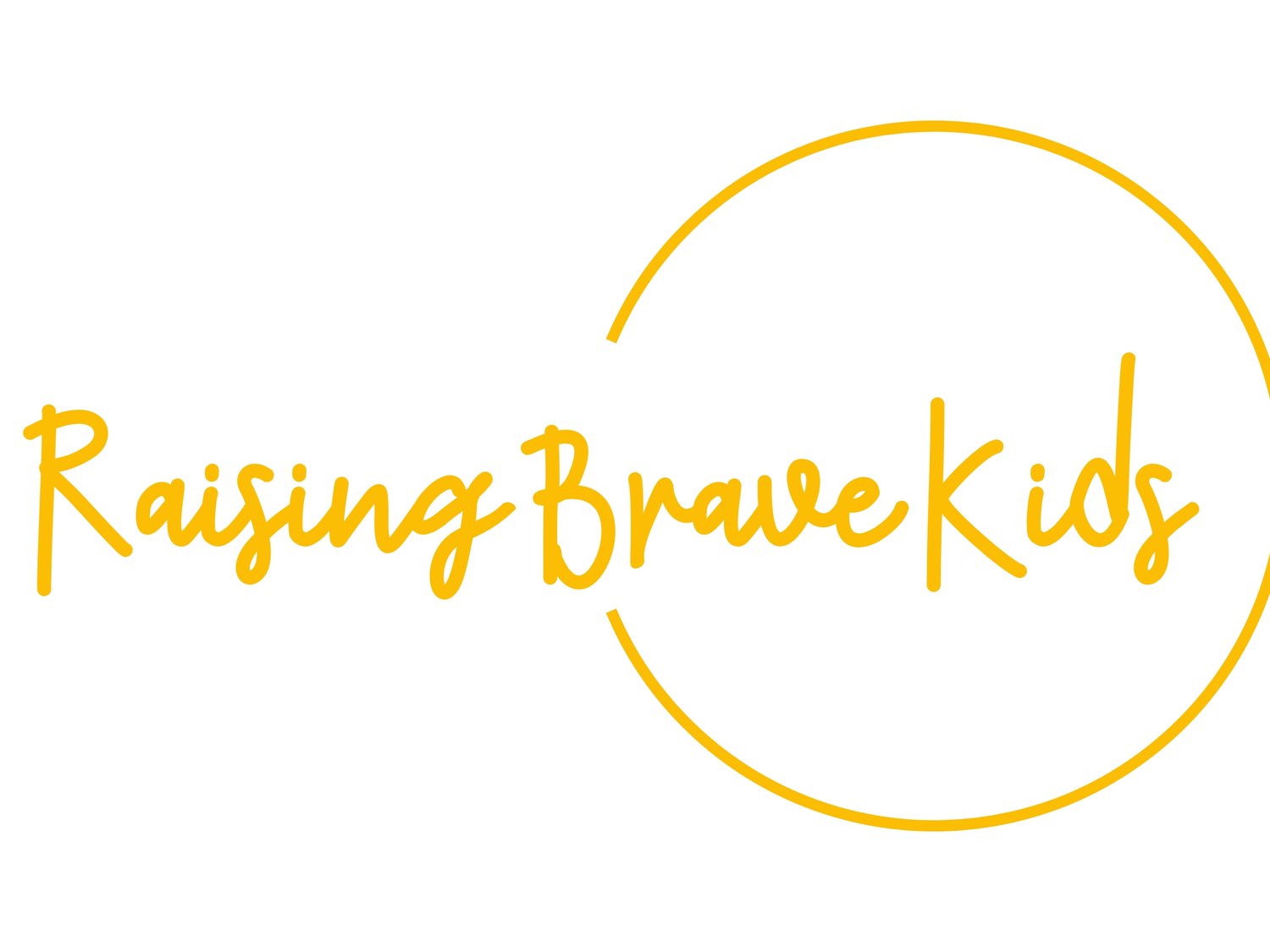We Were Told to Find a CBT Therapist to Treat Our Child’s Anxiety – Here’s Why
As parents, we want the best for our children, especially when they're struggling with anxiety. Cognitive Behavioral Therapy (CBT) is often recommended for treating anxiety in kids, and there’s a good reason why. Research shows that CBT is one of the most effective treatments for managing anxiety disorders in children, empowering them with lifelong skills to cope with their emotions and navigate challenging situations. Let’s explore the key reasons why CBT is so beneficial for anxious children and how it can help.
What Does CBT Do for Child Anxiety?
CBT is structured to address four core areas that help children manage their anxiety:
1. Spot Triggers and Manage Unhelpful Thoughts
One of the first things CBT helps children do is recognize what triggers their anxiety. Whether it's speaking in front of the class, making new friends, or facing the unknown, anxiety-provoking situations can cause their thoughts to spiral. CBT teaches kids how to notice and rework these unhelpful thoughts with more balanced, rational ones. For example, a child might learn to shift from thinking, “I’ll never make friends” to “Making friends takes time, and I can do it by being myself.”
2. Foster Positive Self-Talk and Self-Compassion
Negative self-talk, such as “I’m not good enough” or “I always mess up,” can worsen anxiety in children. CBT encourages positive self-talk, where kids learn to treat themselves with kindness and compassion. Instead of being their harshest critic, they become their own advocate. This self-compassion reduces the pressure they put on themselves and helps them approach challenges more calmly.
3. Develop Perspective and Flexibility
Anxiety often traps kids in rigid thinking patterns, making them believe there’s only one possible outcome — usually the worst one. CBT helps them gain cognitive flexibility by teaching them that situations are not as black and white as they seem. Learning to see alternative perspectives allows kids to cope with anxiety more effectively and adjust their responses to different challenges.
4. Practice Mindfulness and Calming Strategies
Managing “big feelings” is hard, especially for children. CBT equips kids with mindfulness and relaxation techniques that help them ground themselves in the present moment and regulate their emotions. Deep breathing exercises, body scans, and relaxation strategies & other calming methods help children avoid being overwhelmed by their emotions, reducing the intensity of their anxious responses.
Diagnoses Where CBT is Highly Effective
CBT is a proven method for treating various anxiety-related disorders in children. Common diagnoses that benefit from CBT include:
Generalized Anxiety Disorder (GAD): Excessive worry about daily events.
Social Anxiety Disorder: Fear of social situations or performance.
Separation Anxiety Disorder: Anxiety about being apart from caregivers.
Obsessive-Compulsive Disorder (OCD): Intrusive thoughts and compulsive behaviors.
Specific Phobias: Intense fear of particular objects or situations.
Real Data: How Effective Is CBT for Child Anxiety?
Scientific studies provide strong evidence of CBT’s effectiveness for treating anxiety in children. In a meta-analysis of 41 clinical trials, researchers found that 69% of children treated with CBT experienced significant reductions in their anxiety symptoms (James et al., 2013). Even better, these improvements often last well beyond the treatment period, demonstrating CBT's long-term benefits.
In cases of Obsessive-Compulsive Disorder (OCD), combining CBT with medication has proven highly effective. A study by Franklin et al. (2011) revealed that children with OCD who received CBT and medication saw a 40% reduction in compulsive behaviors, a significant improvement that highlights how powerful this approach can be when addressing complex anxiety disorders.
Why You Should Consider CBT for Your Child
CBT is not just a short-term fix for child anxiety—it equips children with practical tools to manage their emotions and thoughts throughout their lives. The therapy is effective for multiple anxiety disorders, including generalized anxiety, social anxiety, separation anxiety, and OCD. When combined with consistent support from parents and a skilled therapist, CBT can help kids develop resilience, handle stress better, and enjoy life more fully.
In addition to being backed by scientific data, CBT is highly customizable. Each child works on developing skills that suit their unique needs and challenges. This individualized approach ensures that therapy sessions are relevant, engaging, and impactful for each child.
Localized Support: Finding a CBT Therapist for Your Child in Portland, Oregon
If you’re based in Portland, Oregon, and seeking a CBT therapist for your child, there are several specialists in the area experienced in treating pediatric anxiety. Look for therapists who combine evidence-based CBT with a compassionate, supportive environment. Finding the right therapist is the first step toward helping your child overcome anxiety and develop healthier coping strategies for the future.
Conclusion
CBT offers children a powerful, scientifically backed method for managing anxiety. By addressing triggers, fostering positive self-talk, promoting flexibility, and incorporating mindfulness techniques, CBT equips children with the tools they need to thrive emotionally. Whether your child is struggling with generalized anxiety, OCD, or social anxiety, CBT can help them build confidence, resilience, and long-term well-being. If you’re searching for solutions, CBT might just be the key to helping your child navigate their anxiety with confidence and success.
Sources:
James, A., et al. (2013). Cognitive Behavioral Therapy for Anxiety Disorders in Children and Adolescents. Clinical Psychology Review.
Silverman, W. K., & Pina, A. A. (2008). Clinical Practice. Evidence-Based Treatments for Anxiety Disorders in Children and Adolescents. Journal of Child Psychology and Psychiatry.
Franklin, M. E., et al. (2011). Cognitive-Behavioral Therapy Augmented With Medication for Pediatric OCD. American Journal of Psychiatry.
